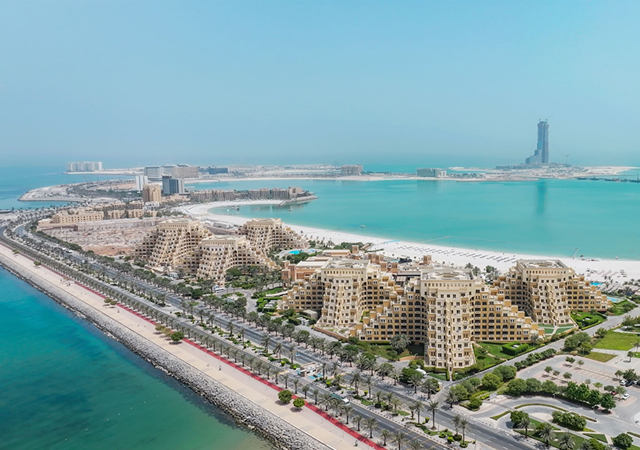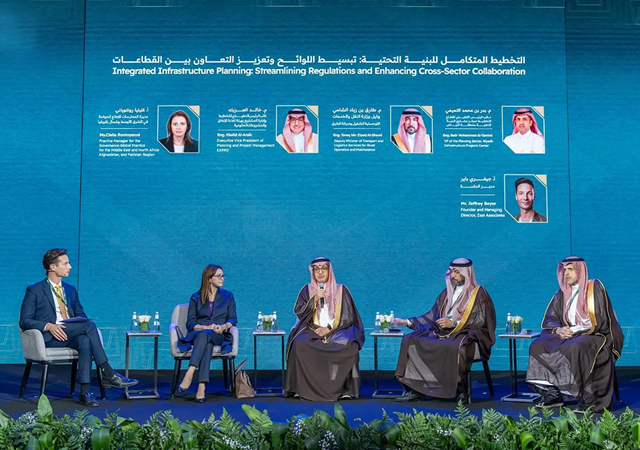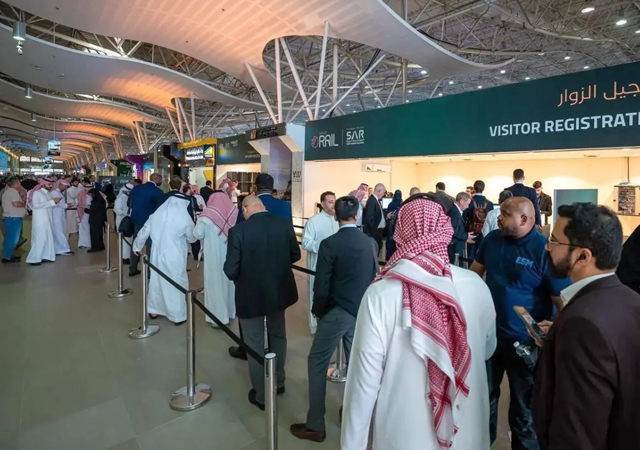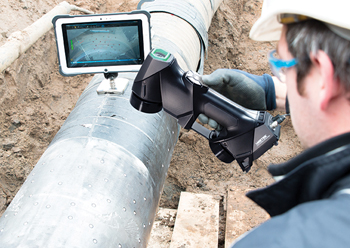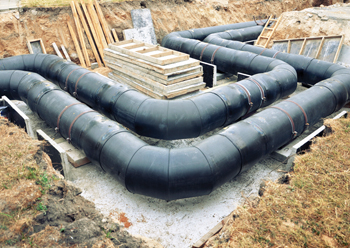
 Geberit pipes are composed of high-density polyethylene (HDPE), which makes them particularly robust.
Geberit pipes are composed of high-density polyethylene (HDPE), which makes them particularly robust.
Geberit is the market leader in sanitary technology in Europe, particularly in the field of building drainage. “We make significant investments year after year to optimise existing systems continually and develop new technologies and products,” Tamer Qazi, the new Managing Director, Gulf Representative Office of Geberit, tells Gulf Construction.
Geberit’s investments ensure that its drainage technology can keep up with reality on the building site and with the project’s high fire protection and sound insulation requirements. The aim is to provide systems and solutions that can be relied upon using state-of-the-art technology in hydraulics, fire protection and sound insulation, reliability and environmental properties.
“The fire protection and sound insulation of a drainage system are only ever as good as their weakest component,” Qazi points out. “If you combine elements from different manufacturers, you risk compromises at the interfaces. This also makes it more challenging to comply with current standards and regulations. Geberit provides complete systems with a warranty and the necessary documentation for your project. You can, therefore, offer your customers a proven high degree of protection against the spread of fire through the discharge pipes.”
Contemporary buildings are setting ever-higher requirements, including for drainage systems. To drive convenience and safety at all times, especially during peak loads, Geberit develops hydraulically optimised, innovative products and solutions which, in addition to fulfilling the requirements for fire protection and sound insulation, ensure safe installations and save resources.
 |
|
Qazi ... significant investments. |
“Empty traps or highly fluctuating water levels in the WC (water closet) and oversized systems or unnecessary ventilation ducts indicate inadequate planning or installation. This can result in user complaints and high costs,” Qazi explains.
Geberit anticipates these problems with hydraulically optimised products resulting from in-house research in the laboratory and on the computer. In addition, through practical training of sanitary engineers and plumbers on Geberit drainage towers, the company contributes to knowledge transfer in hydraulics.
The company accords high priority to quality control. Hence, in addition to sanitary technology and materials development, Geberit also operates a unique ‘Building Technology and Acoustics Laboratory’ for testing components and entire drainage systems for hydraulics and acoustics.
“Sound transmission of discharge stacks through several floors can be tested under realistic conditions. Regarding fire protection standards, Geberit works closely with external testing laboratories for independent verification. Both prototypes and series products are subjected to realistic fire tests. Country-specific fire protection requirements are thereby fully taken into account during product development,” Qazi adds.
“Natural vibrations attenuate due to the high inherent weight of Silent-db20. The product design with exceptional sound insulation ribs also reduces the noise on the impact zones. Furthermore, the hydraulically optimised geometry of the fittings enables a cost-effective dimensioning of the product with a high discharge rate. This creates new free spaces, as a space-saving configuration is also sufficient for the pipe ducts of the stacks. With the Geberit Silent-db20 drainage system, practically any building drainage hurdle can be solved perfectly and without compromise. It is available in all standard pipe diameters between d56 – d160, and the assortment of fittings and accessories caters to virtually any need,” he continues.
 |
|
The Silent-db20 system addresses numerous drainage issues. |
Geberit Silent-db20 enables efficient operation on the building site thanks to a comprehensive assortment of fittings and tools which have undergone practical trials. The system can be connected in three different ways. Quick electrofusion welding or the use of an expansion socket (clamping connector) offer optimal acoustic solutions. Butt welding can be used where a lower sound insulation requirement is sufficient.
For the connection of floor drainage with Geberit HDPE to stacks from Geberit Silent-db20, the company offers special adapters that ensure permanent connection due to retaining claws made of stainless steel. Furthermore, the system is also suitable for off-site prefabrication to mitigate technical risks and optimise time on site.
In addition to piping systems with sound insulation, intelligent fastening and insulation technologies ensure that the development of noise from wastewater is kept to a minimum. Geberit’s Silent-db20 system pipe brackets, sound insulation mat Isol Flex, a high-density polyethylene (HDPE) insulation hose, and self-adhesive sealing tape complete the sound insulation system from the company.
To ensure proper sealing of wall and ceiling openings as well as installation ducts against the spread of fire in buildings, the Geberit fire protection sleeve, RS90 Plus, can be installed to seal openings to prevent smoke, fire and heat from spreading to other rooms or parts of the building, in the event of a fire. The product can be employed with all Geberit drainage systems.
Geberit pipes are made of high-density polyethylene (HDPE), which makes them particularly robust. Water temperatures up to 80 deg C, or even up to 100 deg C in the short term and under certain conditions, does not affect the material. In the event of cold conditions, the material is tolerant to temperatures of -40 deg C. The pipes and fittings withstand shocks, drops, impacts or pressures of up to 1.5 bar without breakage or permanent deformation.
“This robustness provides, most notably, a guarantee during the construction stage that the pipeline will remain intact despite possible mechanical influences. Polyethylene is environmentally friendly, has a positive eco-balance and is 100 per cent recyclable. No toxic emissions whatsoever are released if processed correctly. Crucially, no hazardous hydrochloric gases are created in the event of a fire.
“The comprehensive assortment of fittings and accessories makes Geberit HDPE the universal solution for numerous drainage tasks. It is suitable for commercial or laboratory facilities, for buried ground pipes, or roof drainage with Geberit Pluvia. The material is resistant against most standard alkalis, acids and chemicals. Also, the HDPE used by Geberit contains special additives which effectively protect against UV radiation. The weatherproof pipes can, therefore, also be stored outdoors,” Qazi elaborates.
The extraordinarily tough and resilient Geberit HDPE pipelines can be embedded in concrete or laid in the ground in accordance with static and other recognised technical regulations without any concern. In addition, the welding joints of Geberit HDPE pipes remain persistently leakproof for many years and offer building owners/operators and contractors a high degree of safety and reliability, he adds.
The success of a product or technology goes hand in hand with its practicality at the building site and its economic benefits. For this reason, feedback and suggestions provided by plumbers from across the globe are taken into account for all future innovations and further developments.
Geberit globally invests significantly in quality and innovation to enable customers with reliable and sustainable products and technologies. The company complements these with a local best-in-class professional and competent service and support structure at its customers’ doorstep.




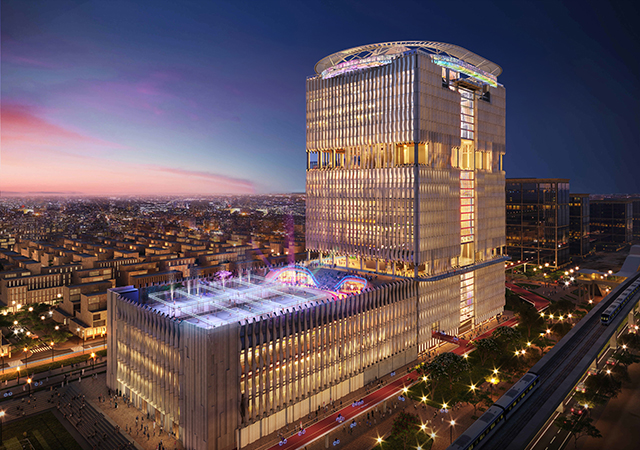




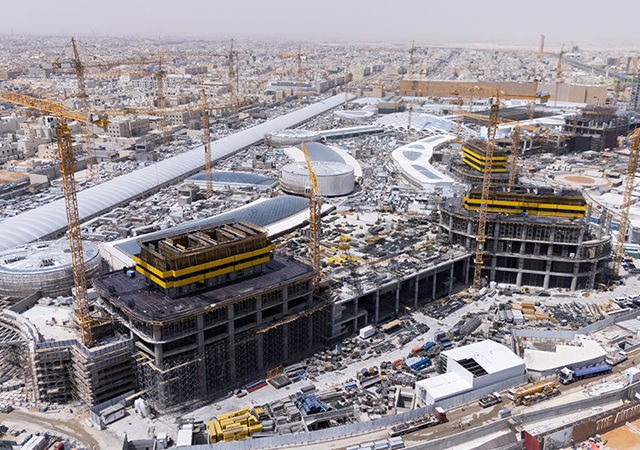
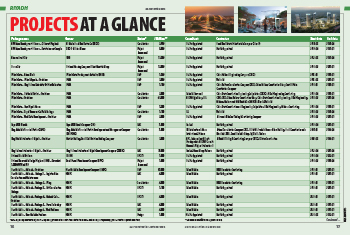
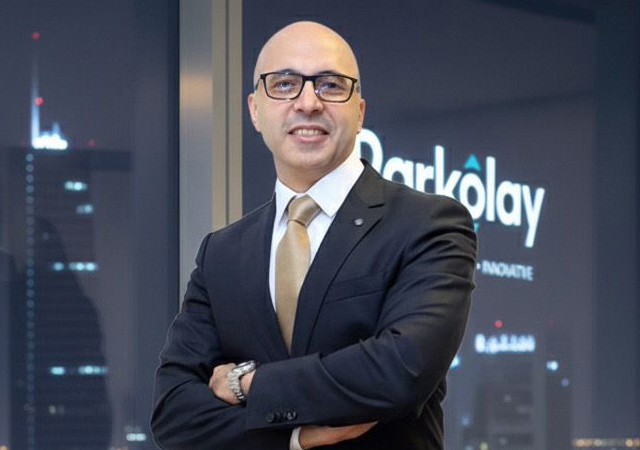



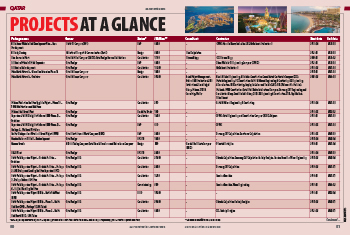
.jpg)
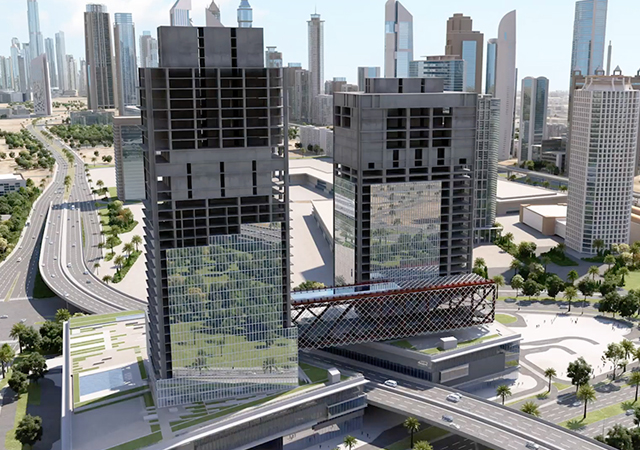
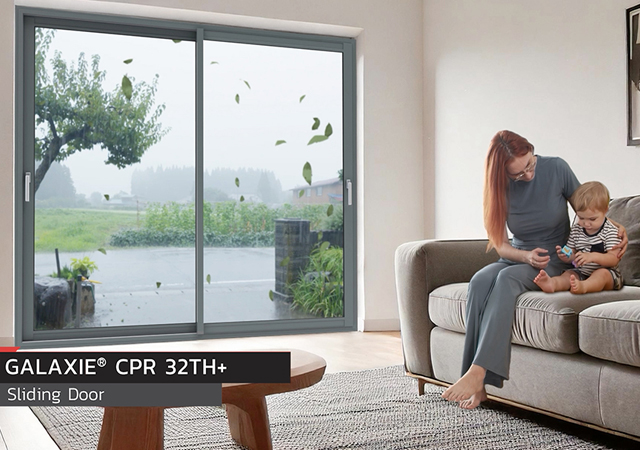



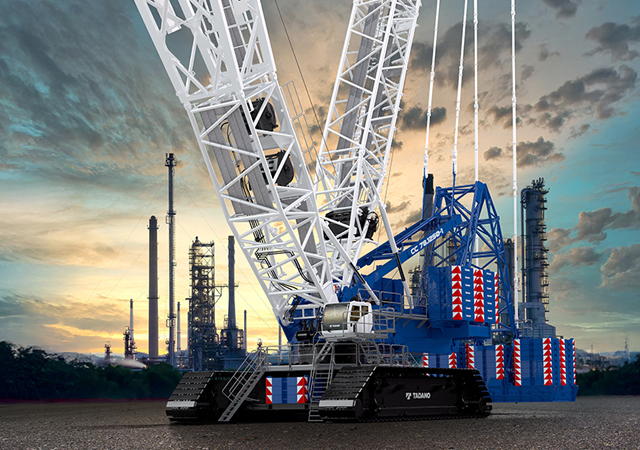
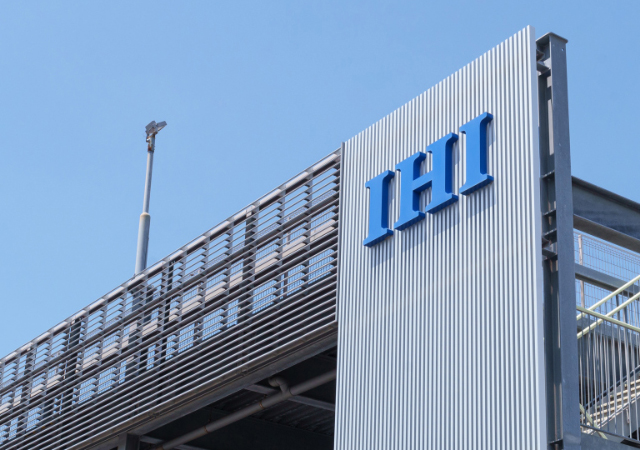

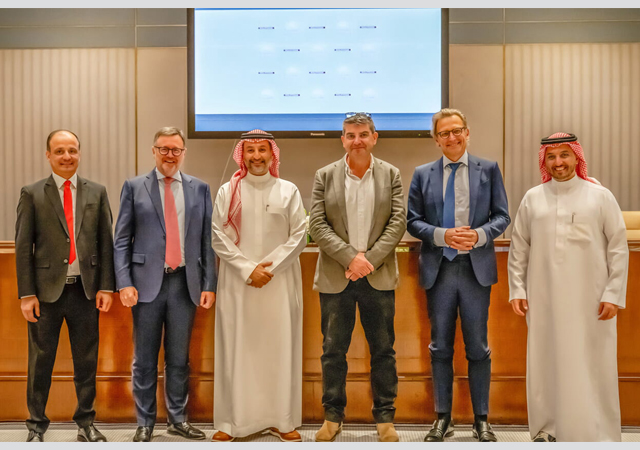
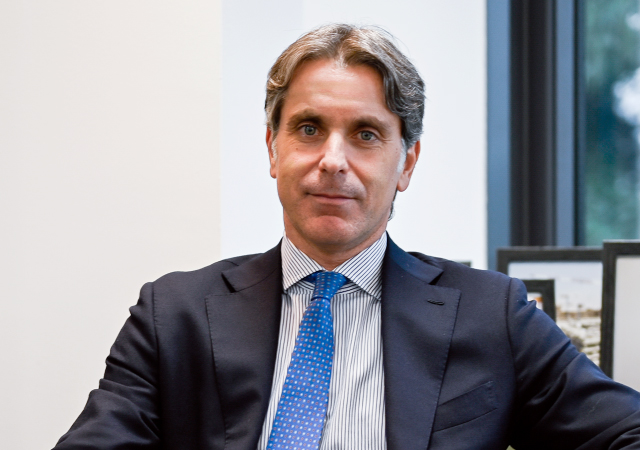
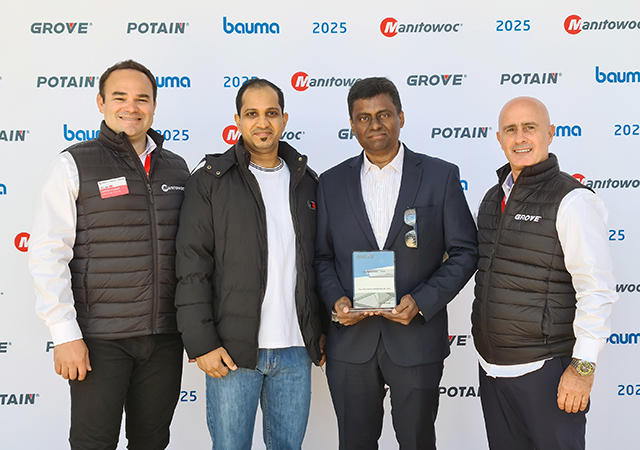
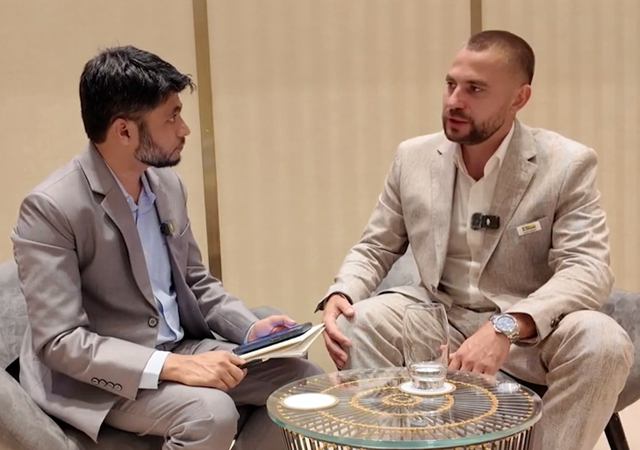
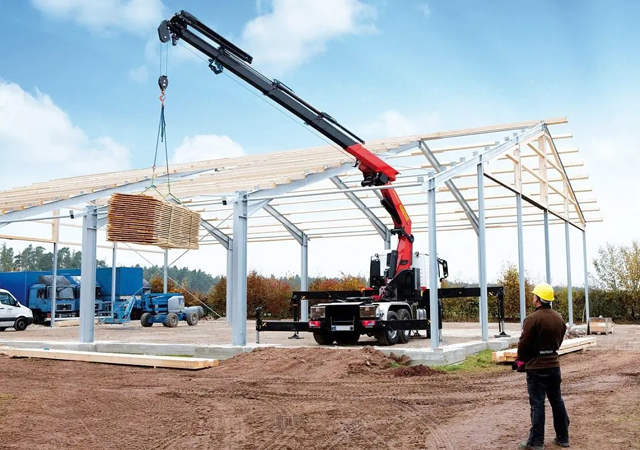
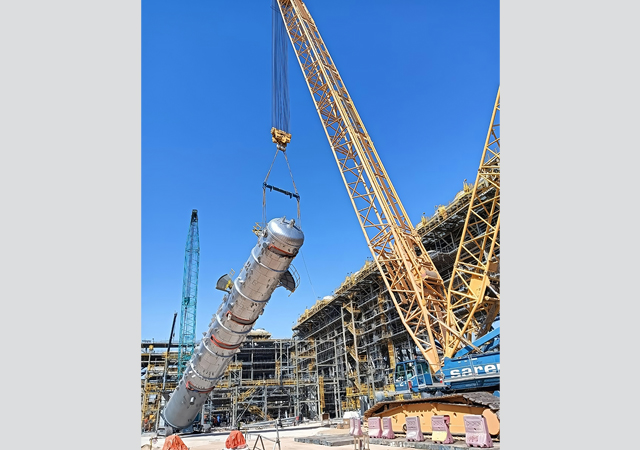
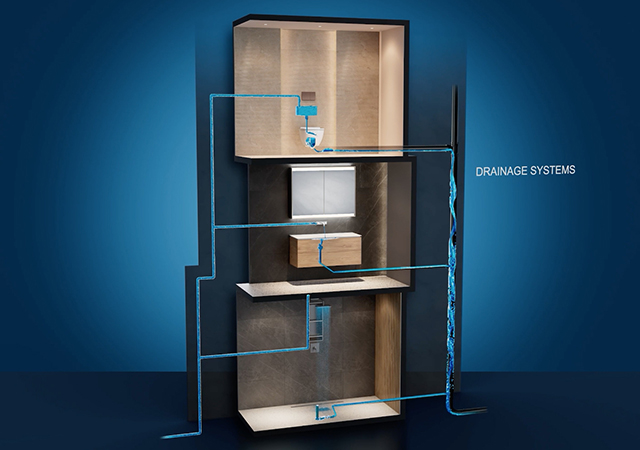
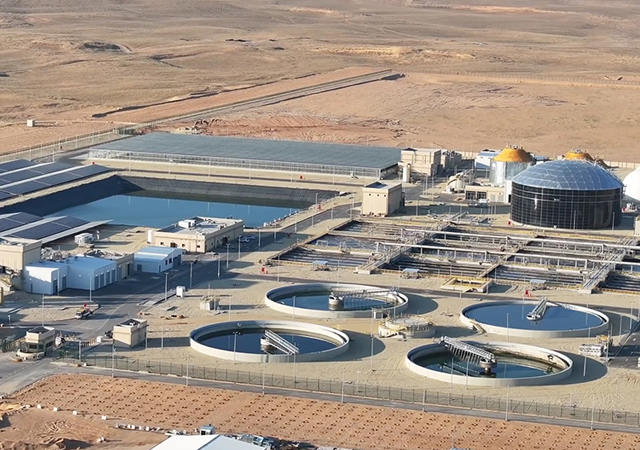

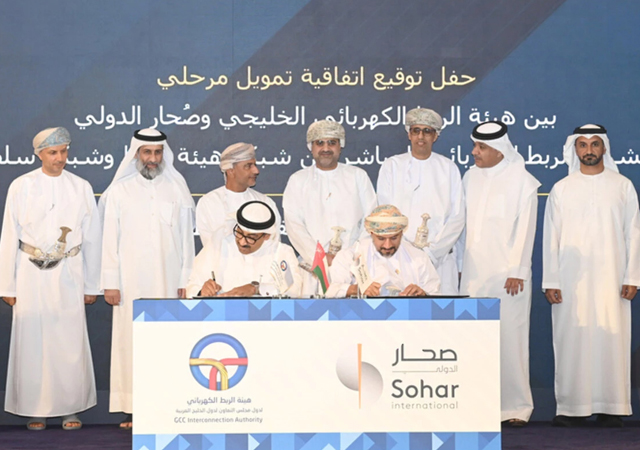

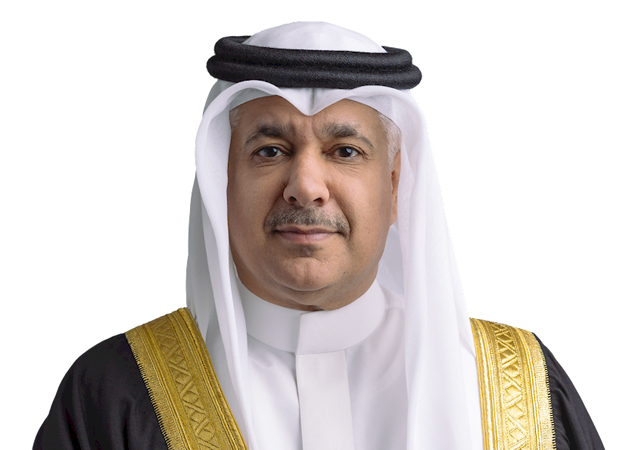
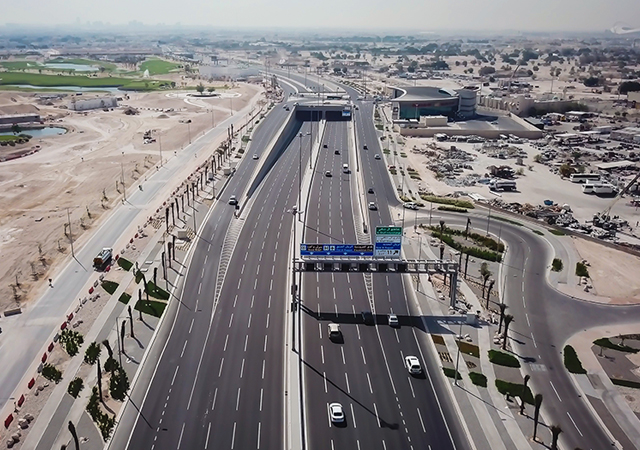


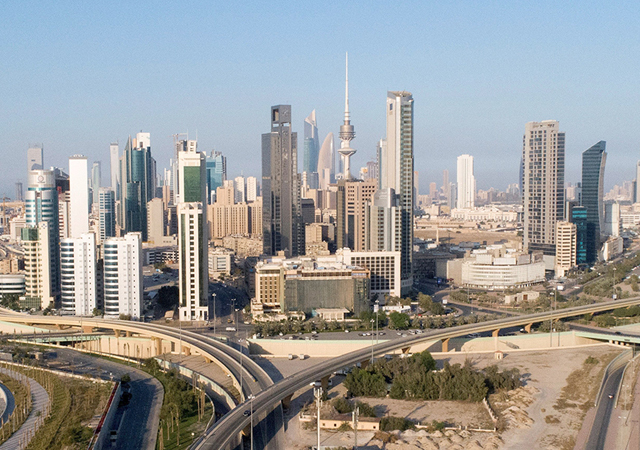

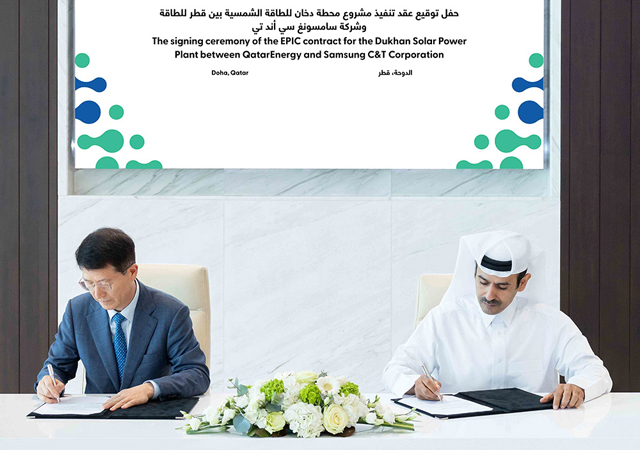
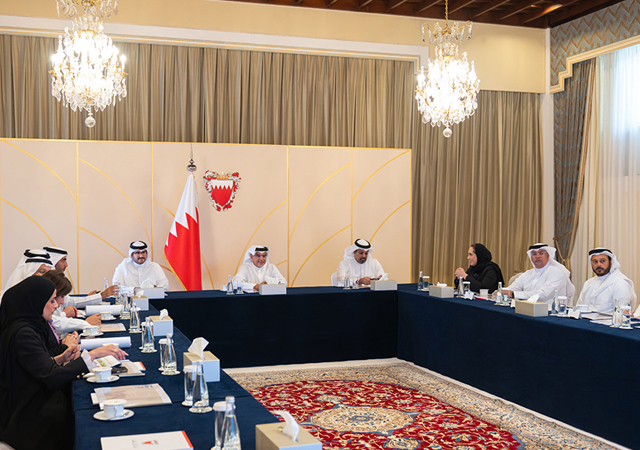


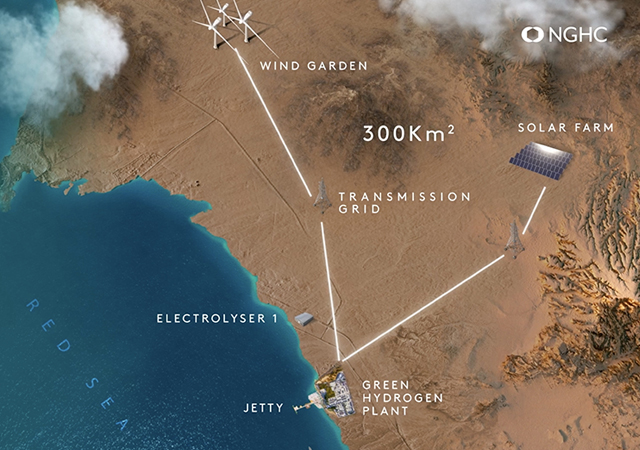
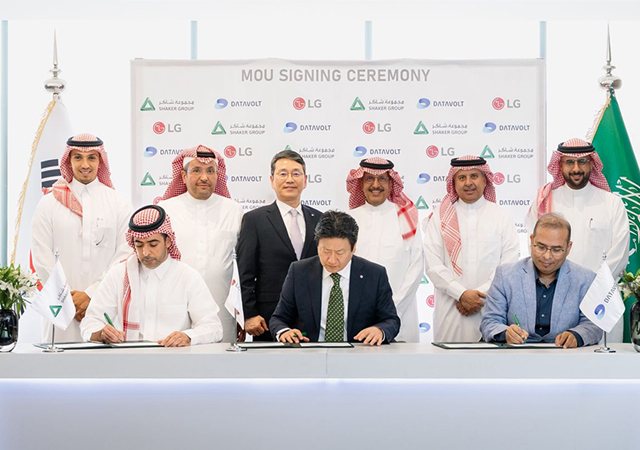
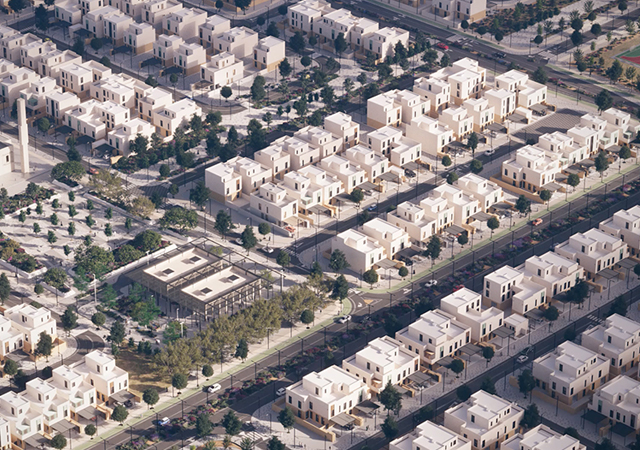
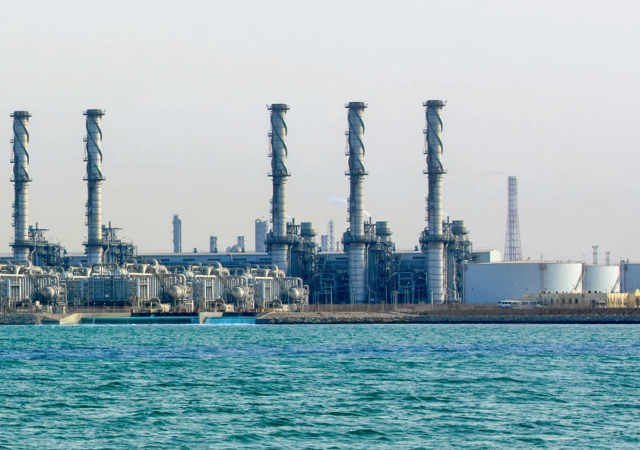

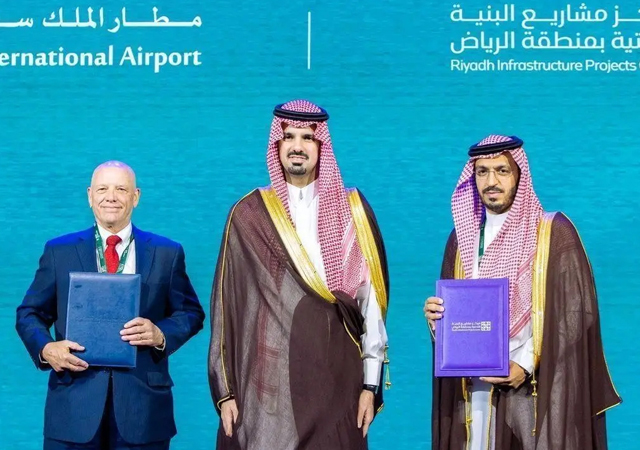

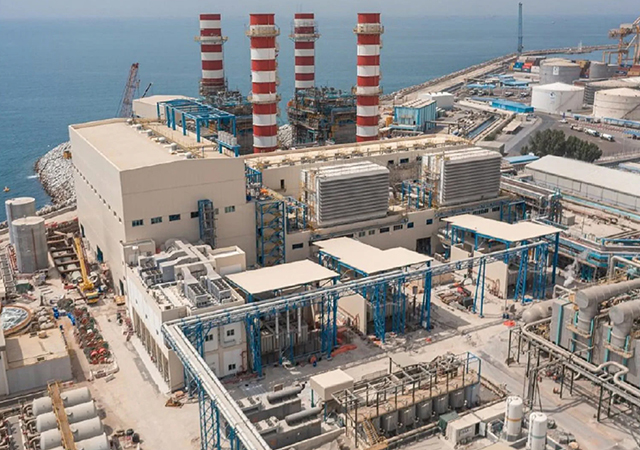


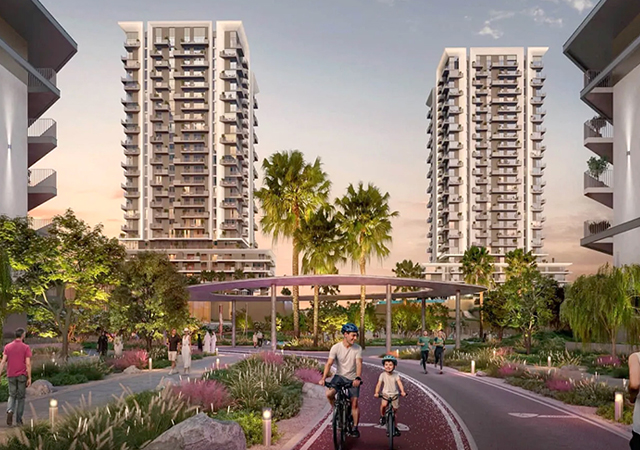
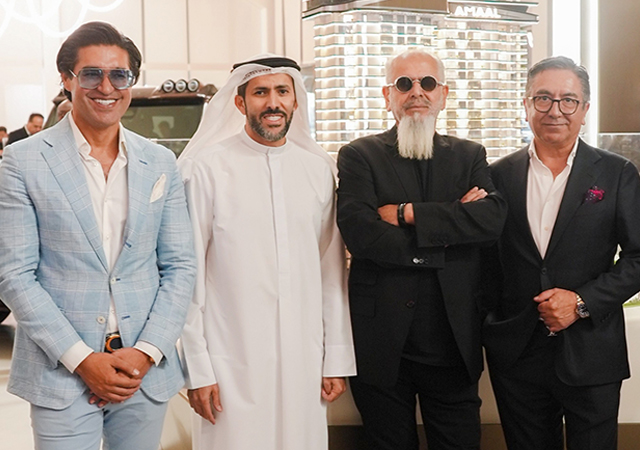
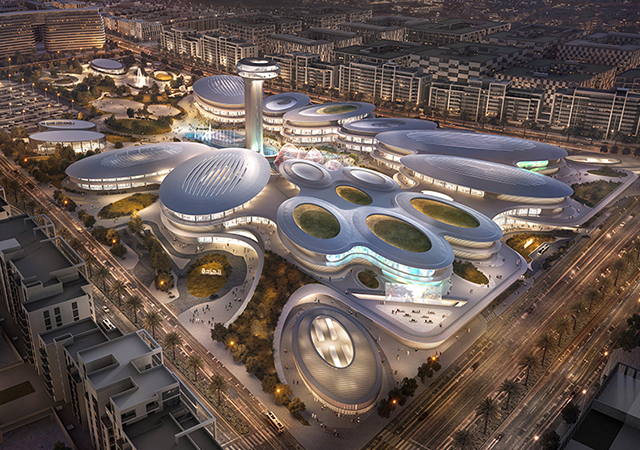

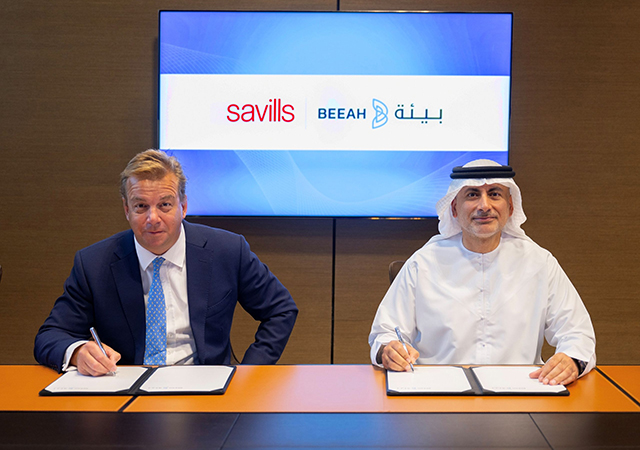



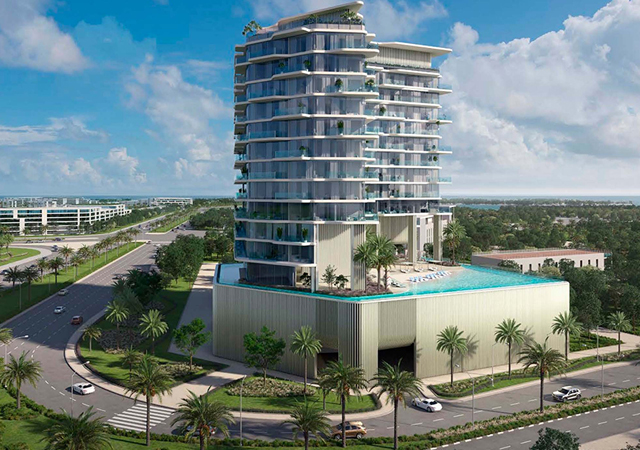

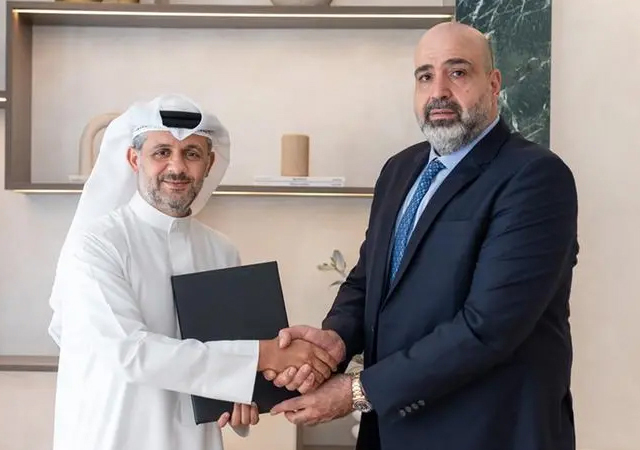
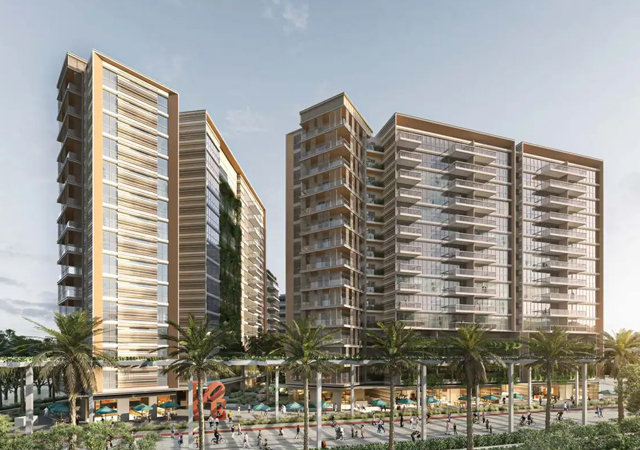

.jpg)

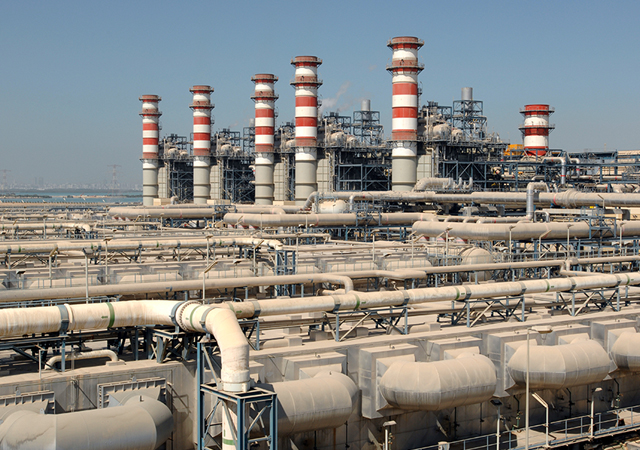

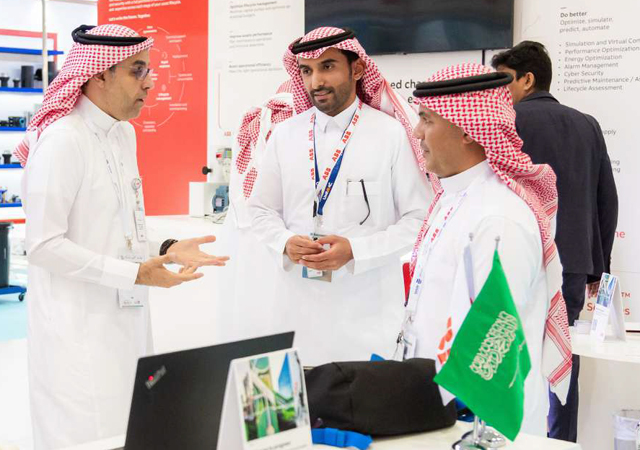
.jpg)
